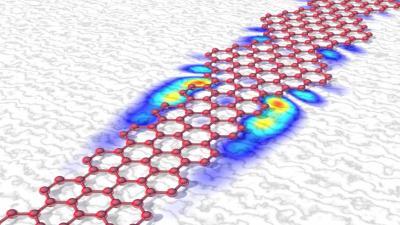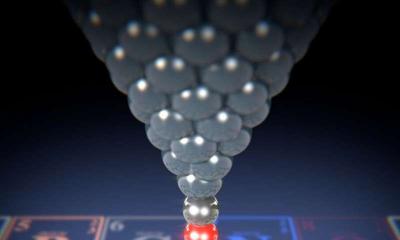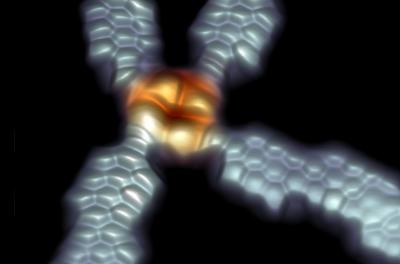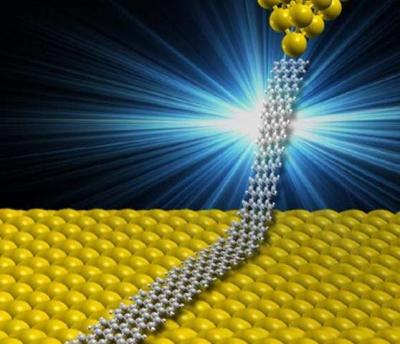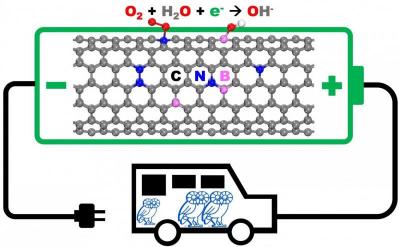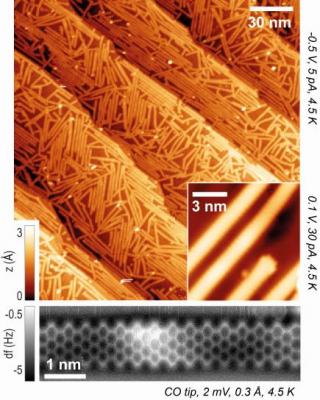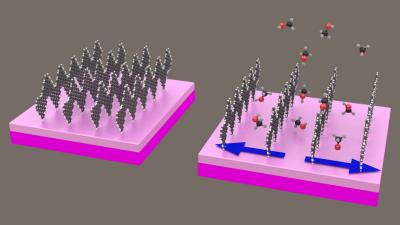Pristine graphene could lead to improved solar cells and photodetectors
An international research team, co-led by researchers at the University of California, Riverside, which also included researchers at MIT, Nanyang Technological University, Singapore; Institute of High Performance Computing, Singapore; UC Berkeley; and National Institute for Materials Science, Japan, has found a new mechanism for highly-efficient charge and energy flow in graphene, opening the door to new types of light-harvesting devices.
The researchers made pristine graphene into different geometric shapes, connecting narrow ribbons and crosses to wide open rectangular regions. They found that when light illuminated constricted areas, such as the region where a narrow ribbon connected two wide regions, a large light-induced current, or photocurrent, was detected.
